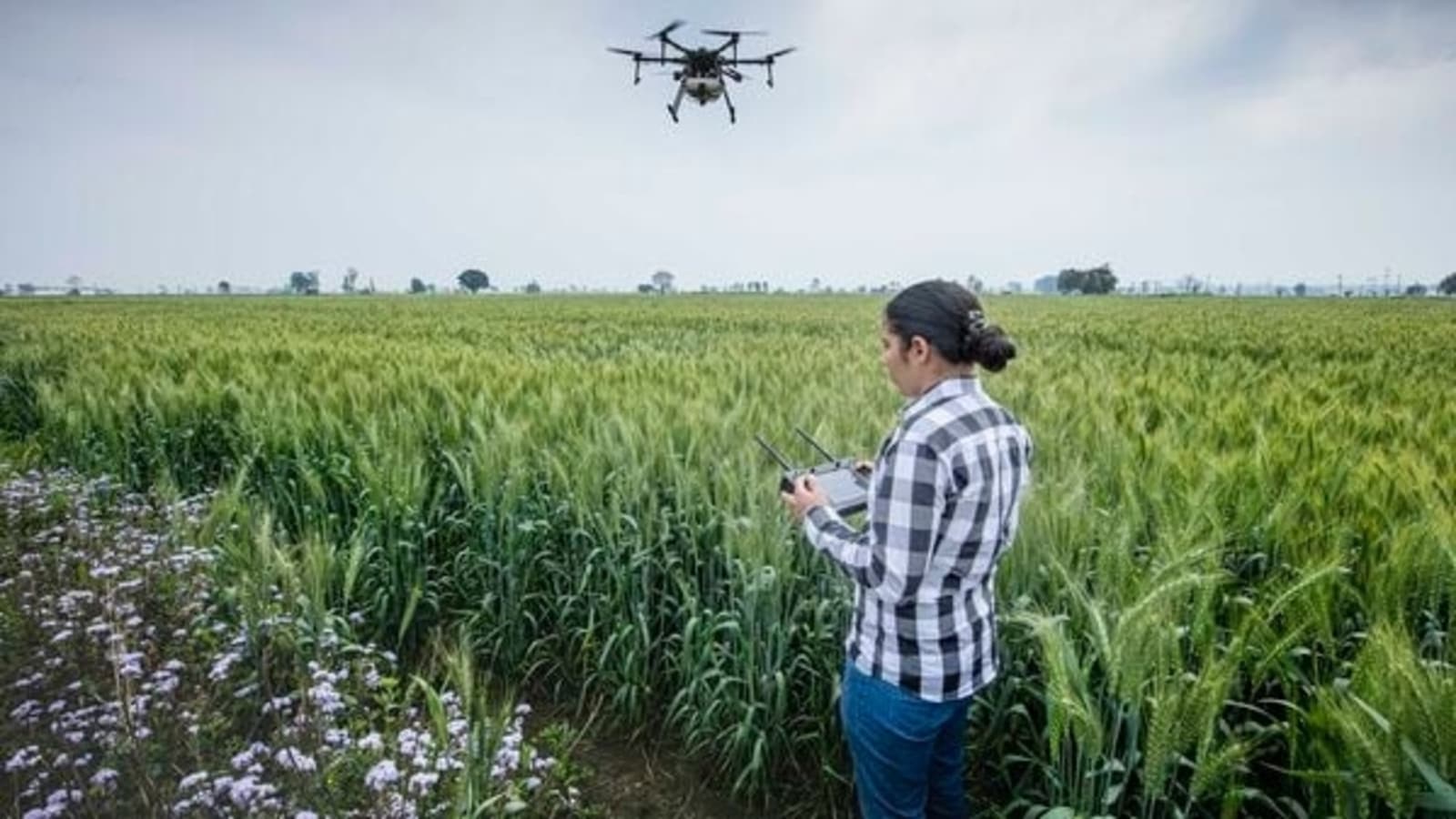Don’t Ignore One Large Wild Card.
A recent issue of the NBER Reporter, No. 3, September 2, reports the following:
In the fourth paper, David Altig, Laurence J. Kotlikoff, and Victor Yifan Ye calculate how retiring at different ages will affect Social Security benefit amounts, taking into account taxation and other benefits. They find that virtually all individuals aged 45 to 62 should wait until age 65 or later to maximize their Social Security benefits. Indeed, 90 percent would benefit from waiting until age 70, but only 10 percent do so.
I waited until age 67 and, for my friends who ask, I recommend the same strategy, even if they have good health and, therefore, a long life expectancy.
I looked at the NBER study underlying this chapter. It’s by David Altig, Laurence J. Kotlikoff, and Victor Yifan Ye and is titled “How Much Lifetime Security Benefits are Americans Leaving on the Table,” NBER Working Paper #30675, November 2022.
As far as I can tell, the authors assume no changes in the system over the next 20 or so years. Why is that a problem? Because the system will run out of money in about 10 years. We don’t know how politicians will adjust. We can be pretty sure that they will adjust.
Among the plausible candidates are giving, say, a 10% haircut to everyone; giving a 5% haircut to lower-income people and a 20% haircut to higher-income people; indexing Social Security benefits to the same index that’s now used (and it’s not the Consumer Price Index) to adjust federal tax brackets; and other measures. The first 3 measures, if anticipated now, give people an incentive, all else equal, to start taking benefits at age 67.
It’s possible, of course, that the likely adjustments won’t change the authors’ recommendations. But Larry Kotlikoff has made a lot of money with his software that tells people when to start taking their SS benefits. (I remember paying $40 back in 2017 when I was deciding. It gave me the answer I had come to on my own, but $40 was rounding error on the cost of a mistake.) It’s disappointing that he doesn’t consider any of these adjustment scenarios and run his numbers accordingly.
















